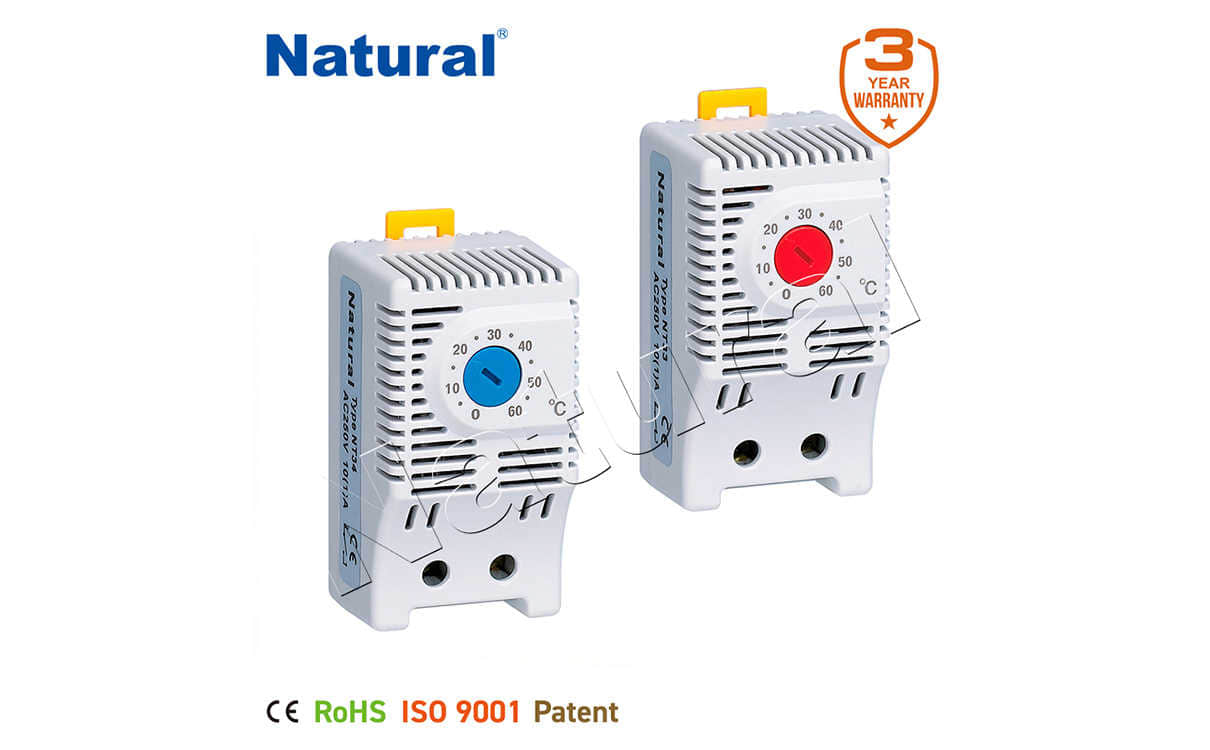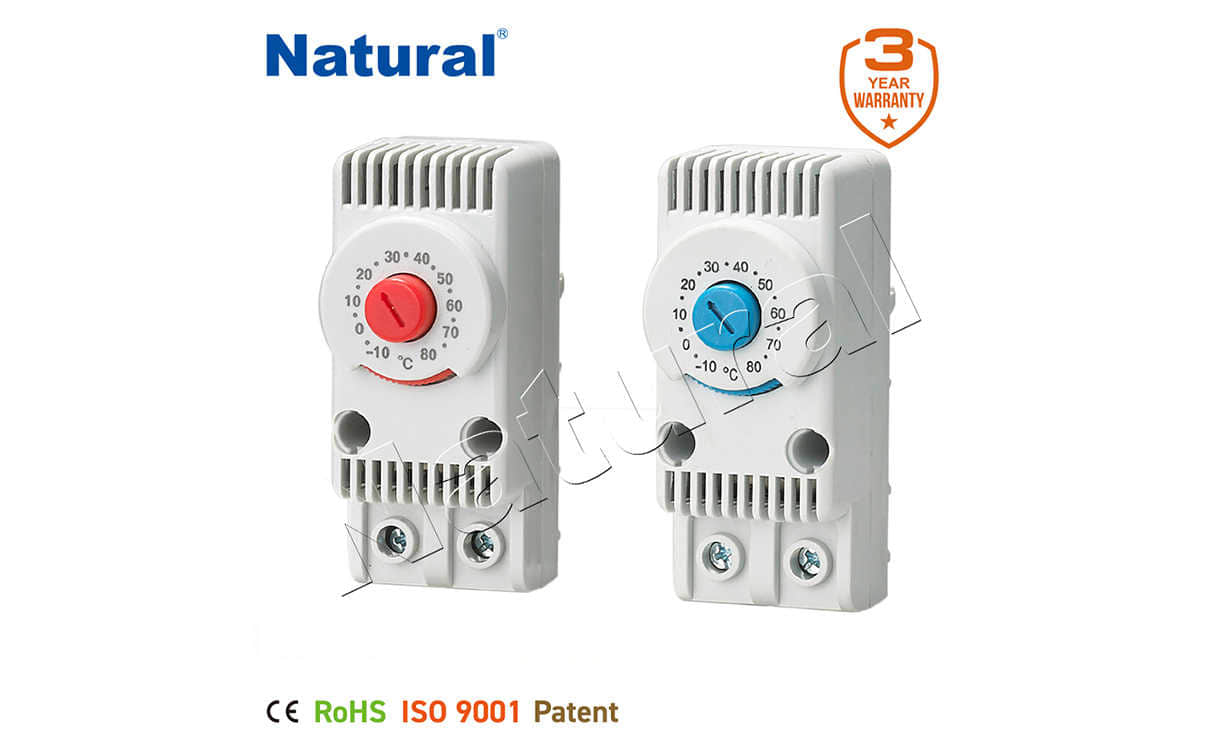 28 items Patent
28 items Patent
 28 items Patent
28 items Patent
 28 items Patent
28 items Patent

Thermostat controllers have become an integral part of modern homes, playing a crucial role in ensuring that the indoor temperature remains comfortable year-round. These devices not only help maintain an optimal temperature but also contribute to energy efficiency by regulating heating and cooling systems in a natural, sustainable manner. In this article, we will explore how thermostat controllers work, their benefits, and how they can create a more energy-efficient and comfortable living space.

At its core, a thermostat controller is a device designed to monitor and regulate the temperature of a home or building. It is connected to a heating, ventilation, and air conditioning (HVAC) system, which can be adjusted based on the desired temperature setting. The controller continuously measures the ambient temperature and compares it to the set point. If the temperature deviates from the target, the thermostat sends signals to the HVAC system to either heat or cool the space as needed.
